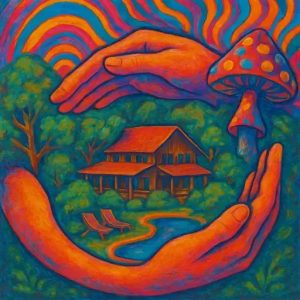Abstract
Dr. Humphry Osmond first published the term “psychedelic” in 1957 as a result of an extensive set of clinical investigations with d-lysergic acid diethylmide (LSD) that took place in Saskatchewan in the 1950s. In the post-World War Two period, Saskatchewan became an attractive destination for medical, and in this case psychiatric, researchers who wanted to pursue theoretical and practical investigations that challenged disciplinary boundaries and critically examined the relationship between medicine and the state. Partly as a result of Saskatchewan’s post-war political culture, the province became an intellectual sanctuary for medical experimentation that in some other contexts did not gain currency because it appeared too radical. This essay examines the way that psychedelic psychiatry emerged in that province and argues that the social, cultural and political environment in post-war Saskatchewan played a significant role in attracting researchers and supporting LSD research.
Dyck, E. (2007). Land of the living sky with diamonds: A place for radical psychiatry?. Journal of Canadian Studies/Revue d’études canadiennes, 41(3), 42-66.
Link to full text











